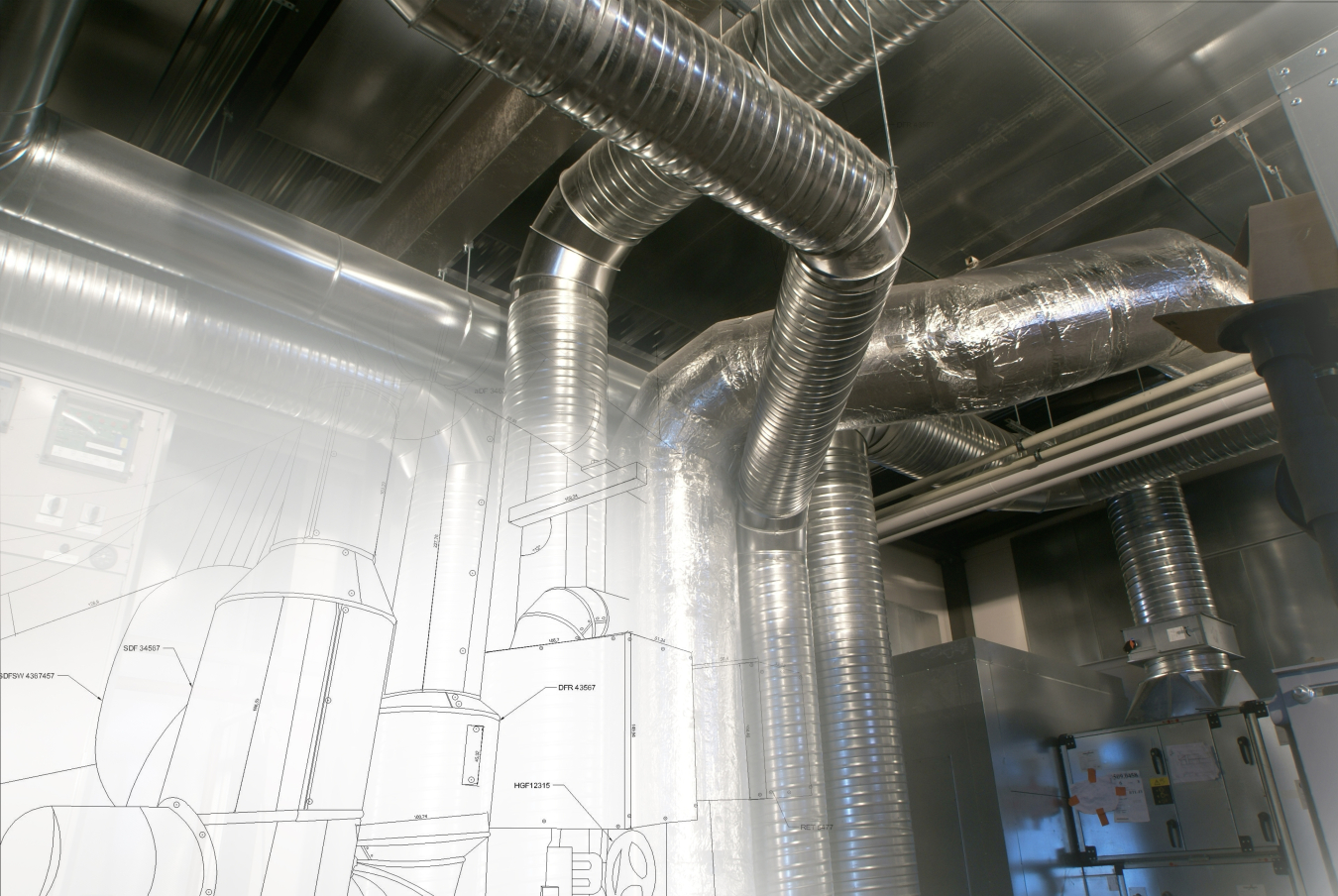
Energy-efficient technologies that are well-designed, installed, and maintained are critical to high-performance HVAC. Up-to-date control systems provide building operators with the ability to set schedules, monitor conditions, detect faults, and identify needs and opportunities for improvements. IAQ monitoring (e.g., CO2 and PM) can provide real-time information about the conditions inside classrooms.
Aside from routine maintenance, periodic commissioning is needed to ensure that the HVAC system continues to meet the requirements for thermal and air quality management. Component retrofits and upgrading control sequences can enable some improvements in the performance of HVAC systems.
Identifying deficiencies in thermal conditioning or ventilation equipment presents schools with both a need and an opportunity to upgrade or replace existing HVAC equipment. The process of choosing from among the options of adding a dedicated ventilation system, modifying or retrofitting the existing HVAC system or upgrading with new equipment can be greatly helped with information on the available climate-relevant technologies and both up-front and operating costs. Developing a long-term capital plan can be helpful to upgrading to efficient equipment that is cost-effective over its service lifetime despite higher first costs. A long-term plan can be particularly helpful when currently available funds are insufficient to update the HVAC equipment for all spaces within a school, or all school facilities within a district.
Additional Resources for Energy Design and Planning
Advanced Energy Design Guide for K-12 School Buildings: Achieving Zero Energy offers contractors and designers the tools, including recommendations for practical products and off-the-shelf technology, needed for achieving energy-efficient schools. This guide was developed through the collaboration of ASHRAE, the American Institute of Architects, the Illuminating Engineering Society, and the U.S. Green Building Council, with support from the Department of Energy, to help meet all of an owner's energy performance requirements. Space types covered include administrative and office space, classrooms, hallways, restrooms, gymnasiums and multipurpose rooms, libraries, and food preparation and dining areas. The guide establishes a set of energy performance goals for achieving zero energy. The goals are provided for all ASHRAE climate zones, in both site and source energy. Strategies on how to achieve these energy targets are provided throughout the guide.
ENERGY STAR Guidelines for Energy Management provides a proven strategy for creating an energy management program focused on continuous improvement of energy performance. Continuous improvement of energy performance requires establishing effective energy management practices and processes to guide the energy program. Any organization, regardless of size, function, or mission can develop an effective energy program if they are willing to make the commitment.

